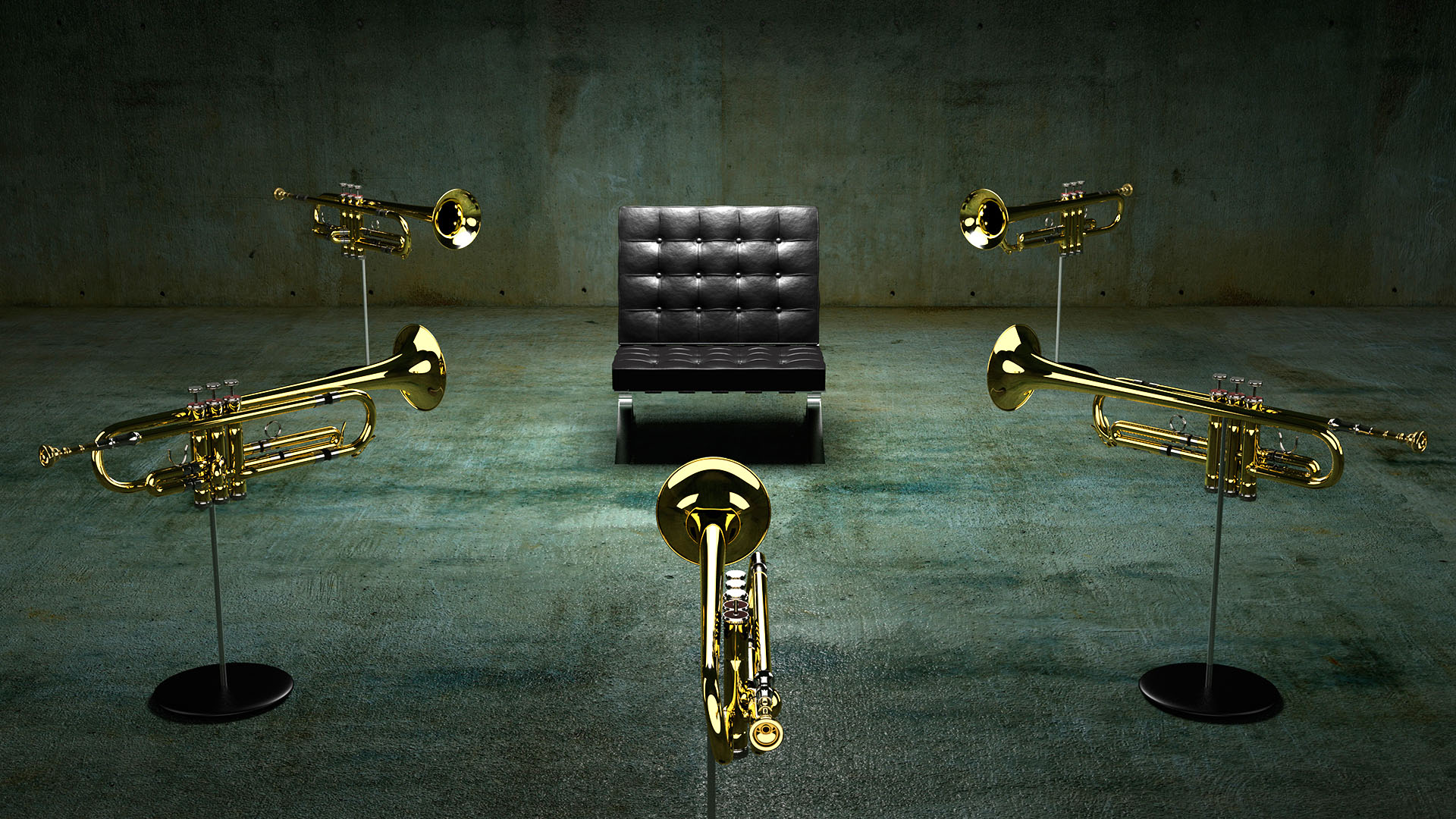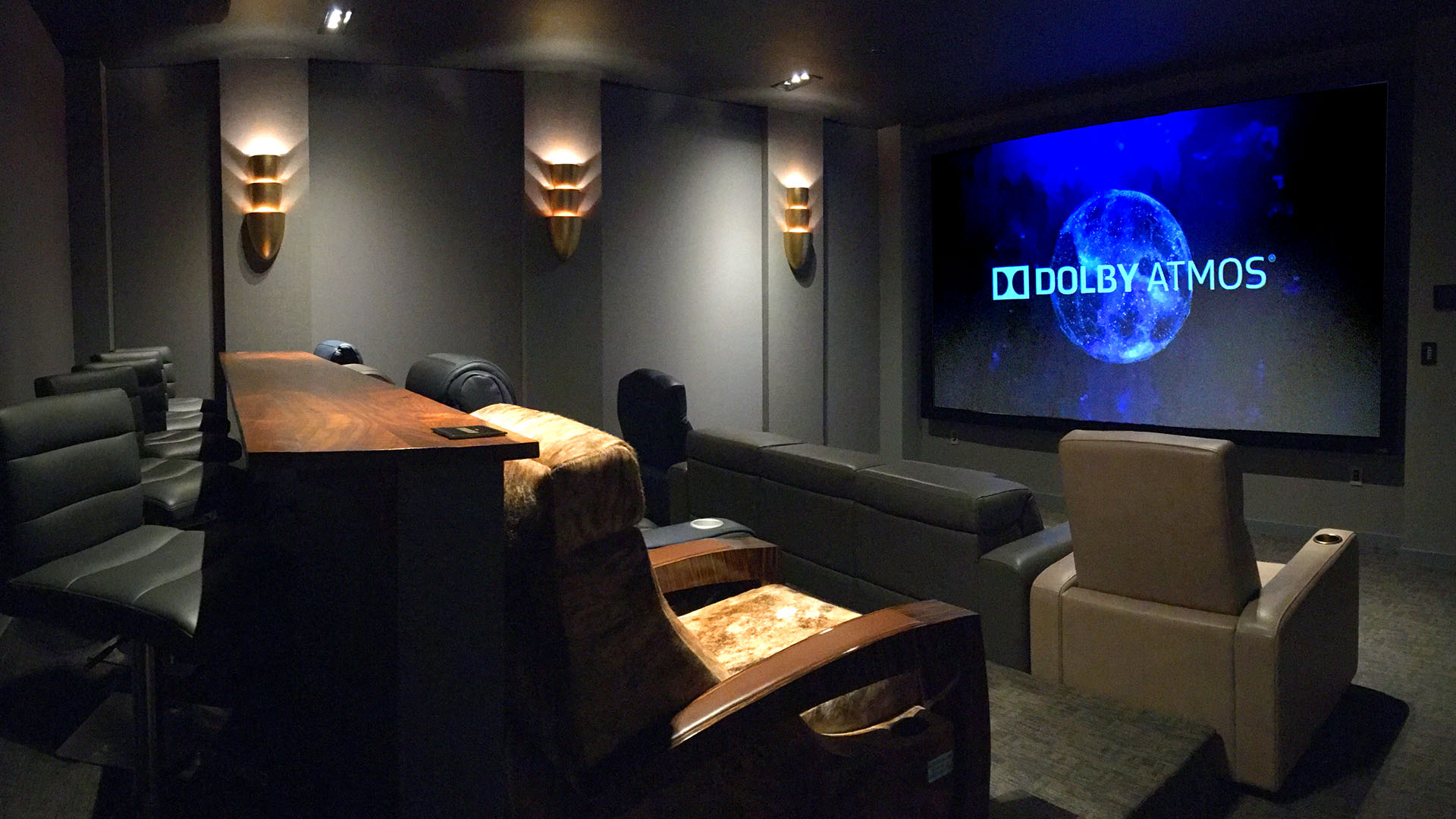Dolby
The name Dolby (Dolby Laboratories) has long been synonymous with all things surround sound. Founded in 1965 by Ray Dolby, Dolby Labs has continued to evolve the combination of art and science that makes movie soundtracks the masterpieces they are. In its absolute simplest description, surround sound is the technical ability to decode separate audio signal information into individual channels of sound information. Too technical? Here’s a simple example. Going back to Apocalypse Now, helicopters and surround sound were made for each other. As a helicopter moves around the screen, from left to right, and front to back, you hear and feel that movement, even in a 5.1 system, the most fundamental of “front and back” configurations that exists. From an engineering objective, “more channels is better,” because that means there is more sound information, more separation, and more detail.
The name Dolby (Dolby Laboratories) has long been synonymous with all things surround sound. Founded in 1965 by Ray Dolby, Dolby Labs has continued to evolve the combination of art and science that makes movie soundtracks the masterpieces they are. In its absolute simplest description, surround sound is the technical ability to decode separate audio signal information into individual channels of sound information. Too technical? Here’s a simple example. Going back to Apocalypse Now, helicopters and surround sound were made for each other. As a helicopter moves around the screen, from left to right, and front to back, you hear and feel that movement, even in a 5.1 system, the most fundamental of “front and back” configurations that exists. From an engineering objective, “more channels is better,” because that means there is more sound information, more separation, and more detail.
Dolby Atmos
In every bit the same way that 4K and laser light engines has revolutionized projectors, so too has the introduction of Dolby Atmos heralded a sea change in cinematic sound that is perhaps greater than all the gradual evolutions which preceded its introduction at CEDIA Expo in 2014, and AEG was in the room. At that point, Atmos was still mostly in large-scale Beta testing, but there was never a doubt that it was going to be an enormous game-changer in the world of cinematic sound.
Atmos became a newly created “voice of God” overhead audio element that introduced a spatial experience that has redefined how we engineer theater sound. We went from 6 or 8 channels of separation to 16-20 channels in a 500 square foot room, to upwards of 30 channels of separation in much larger rooms. It is truly Mind-Boggling-Sound.


